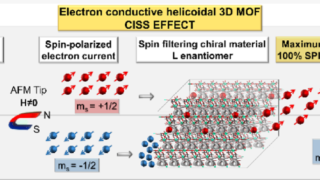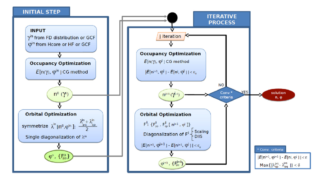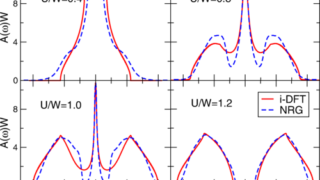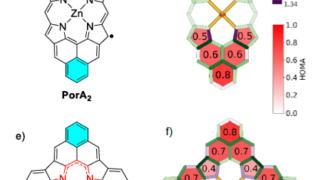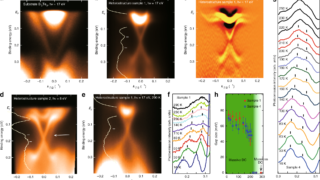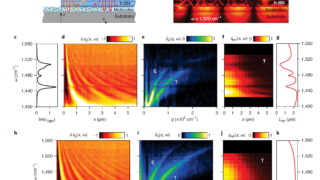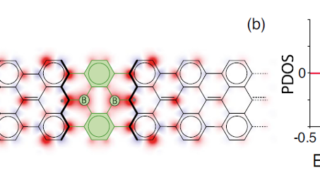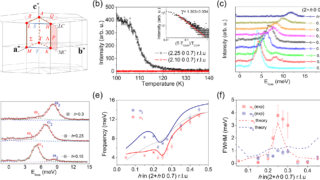
The critical role of van der Waals interactions in the melting of the charge density wave phase in VSe2
Charge density wave (CDW) is a many-body state of matter in which both lattice and electron density are modulated by a new periodicity. CDW features discrete translational symmetry-breaking, and mostly occurs in low-dimensional materials. Although CDW behaviours have been found in many materials, the underlying mechanism and the driving forces of CDW transition are still […]
